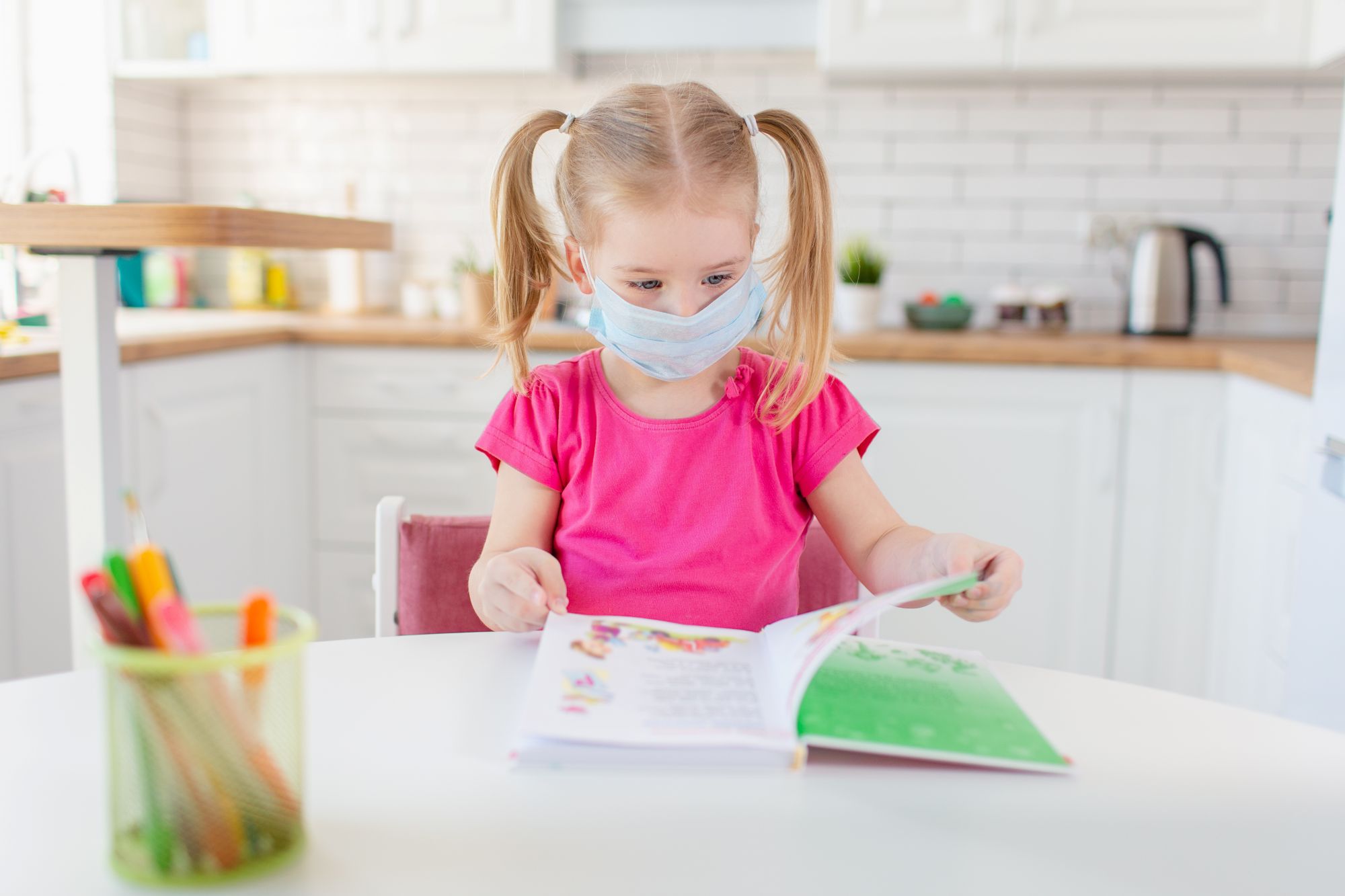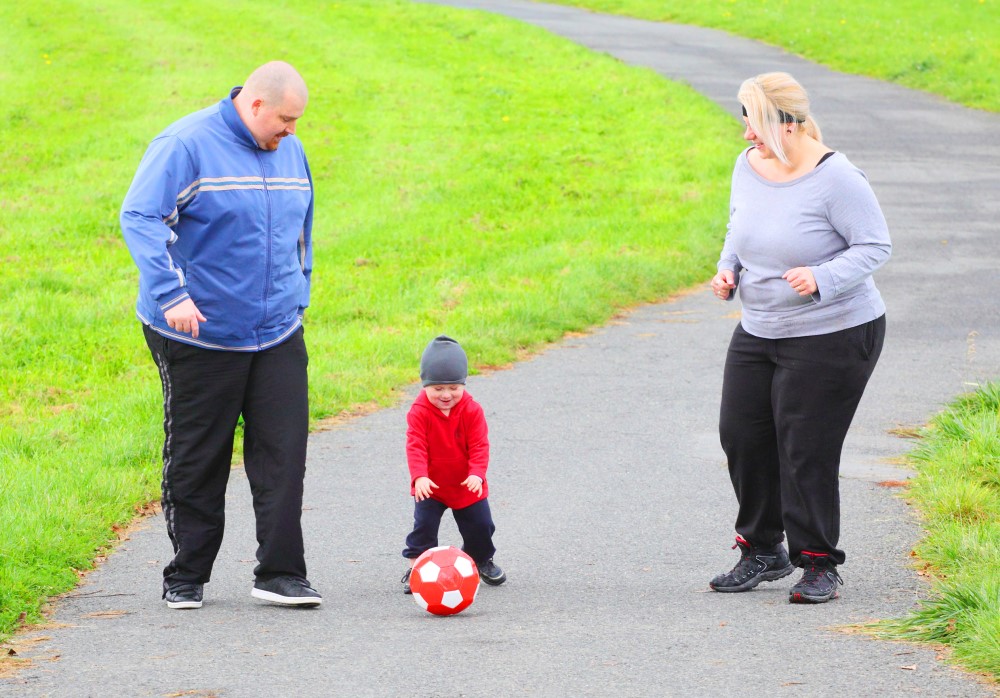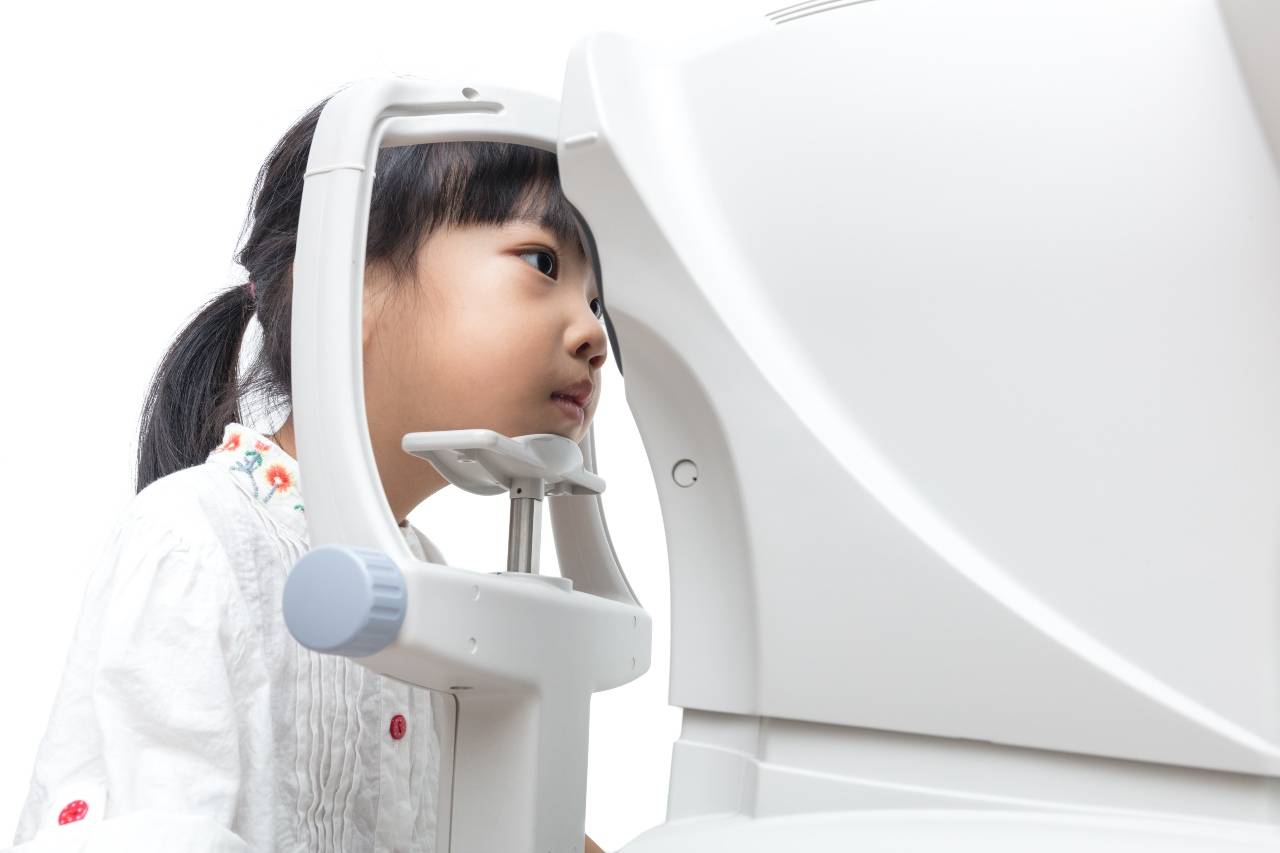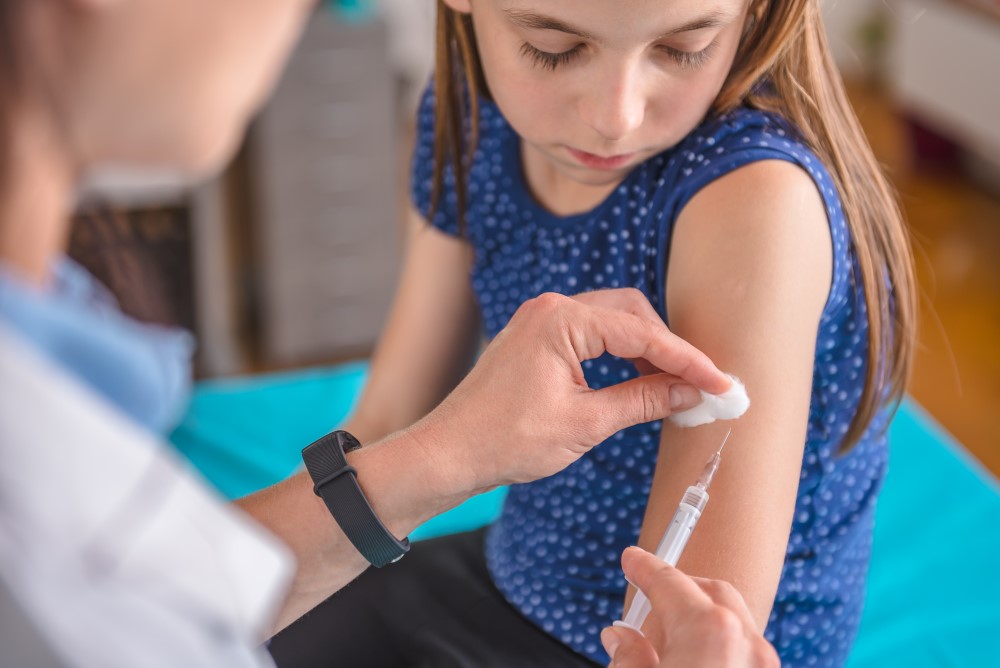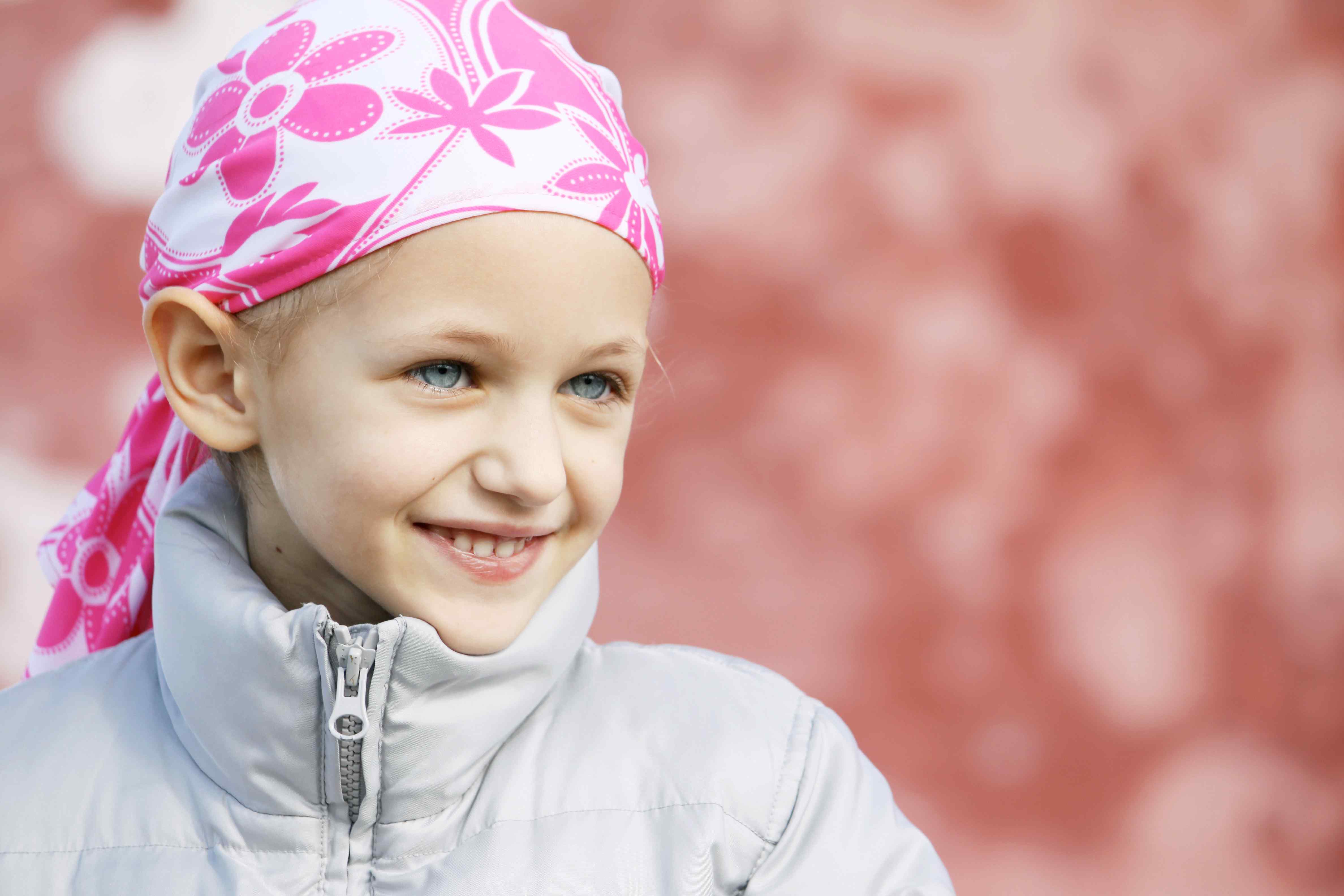A large study analyzes the benefits and risks of vegetarian and vegan diets in children
An international team has analyzed data from nearly 60 studies involving more than 48,000 children with different types of diets and compared the nutritional profile and various health parameters between those following vegan, lacto-ovo-vegetarian, and omnivorous diets. The results indicate that plant-based diets, if well-planned, can promote healthy growth with benefits such as a better cardiovascular profile and lower cholesterol levels. However, they may have difficulty achieving adequate levels of vitamins D and B12, calcium, iron, and zinc. According to the authors, the findings underscore the need for careful planning and supplementation in children following these types of diets. The study is published in Critical Reviews in Food Science and Nutrition.

